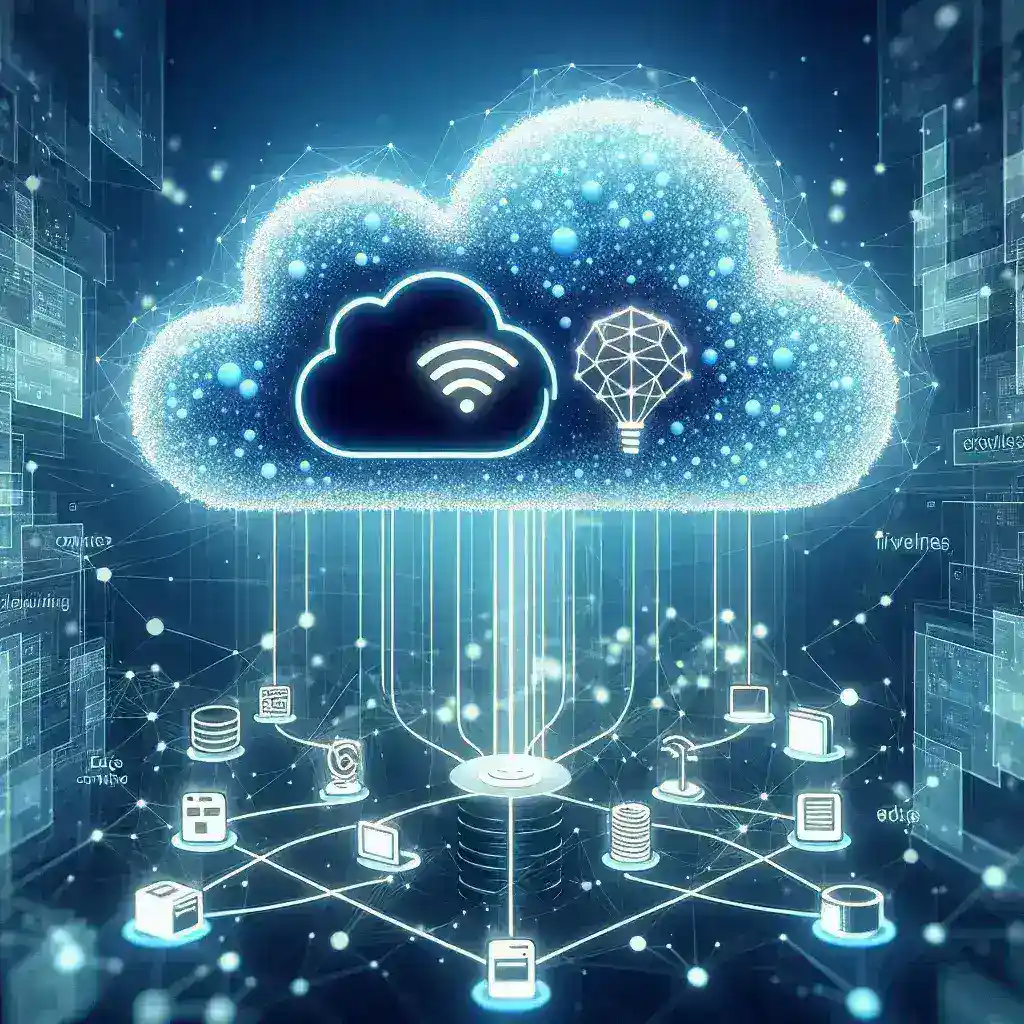Introduction
As the digital landscape continues to evolve, technologies like serverless computing and edge computing are taking center stage—especially in the realm of the Internet of Things (IoT). Together, these technologies create a powerful synergy that enhances the performance, scalability, and responsiveness of IoT applications. In this article, we will delve into how these two innovative computing paradigms combine to revolutionize IoT use cases.
Understanding Serverless Computing
Serverless computing is a cloud-computing execution model that allows developers to build and run applications without needing to manage the underlying server infrastructure. It provides flexibility and scalability, enabling developers to focus on writing code while the cloud provider handles resource provisioning, scaling, and management.
Key Features of Serverless Computing
- Cost Efficiency: Pay only for the execution time and resources consumed.
- Automatic Scaling: Automatically scales applications up or down based on demand.
- Reduced Operational Complexity: Capable of handling back-end processes without server management.
Exploring Edge Computing
Edge computing shifts data processing away from centralized cloud servers to the edge of the network, closer to where data is generated. This reduces latency and bandwidth consumption, making it particularly valuable in IoT applications, where real-time data processing is crucial.
Benefits of Edge Computing
- Low Latency: Reduces delay by processing data near the source.
- Bandwidth Optimization: Minimizes the amount of data sent to the cloud.
- Enhanced Security: Sensitive data can be processed locally, reducing exposure.
The Intersection of Serverless and Edge Computing
The combination of serverless and edge computing creates a powerful framework for IoT applications. By leveraging both technologies, organizations can achieve more efficient data processing, real-time analytics, and reduced operational costs.
How They Complement Each Other
- Distributed Processing: Serverless functions can be deployed at edge nodes, enabling data processing near the source while still benefiting from serverless architecture.
- Responsive IoT Ecosystem: The combination allows for immediate responses to IoT events, improving overall system performance.
- Scalability: Serverless architecture complements edge computing by allowing for the rapid scaling of applications in response to varying workloads.
Real-World Applications
Many industries are harnessing the power of serverless and edge computing for IoT use cases. Let’s explore some notable examples:
Smart Cities
In smart city initiatives, sensor data from traffic lights, public transport, and waste management systems can be processed at the edge to provide real-time insights. Serverless functions can aggregate this data, allowing city planners to make informed decisions.
Healthcare
Wearable devices collecting patient data can use edge computing to process information instantly, notifying healthcare providers about potential emergencies. Serverless computing can facilitate data storage and analytics, ensuring that vital health metrics are readily available.
Manufacturing
In manufacturing, IoT devices monitor equipment health and performance. Edge computing allows for real-time monitoring, while serverless functions handle data storage and processing, optimizing maintenance schedules and reducing downtime.
Challenges and Considerations
Despite the immense benefits, combining serverless and edge computing also presents challenges:
Network Reliability
Both technologies depend on stable network connections. In areas with poor connectivity, edge processing may be hindered, affecting the entire IoT system.
Security Concerns
While data can be processed locally, proper security measures must be implemented to safeguard sensitive information from potential threats.
Vendor Lock-In
Relying on specific cloud providers for serverless functions may lead to difficulties in migrating to other platforms, posing long-term challenges for organizations.
The Future of Serverless and Edge Computing in IoT
The future of IoT is undoubtedly intertwined with serverless and edge computing. Predictions indicate that as IoT devices proliferate, the demand for efficient data processing solutions will escalate.
Increased Adoption
Many organizations are expected to adopt serverless and edge computing in their IoT strategies to improve responsiveness and efficiency.
Innovative Solutions
New tools and platforms will emerge, simplifying the integration of serverless and edge computing technologies for developers.
Conclusion
The combination of serverless and edge computing is a game-changer for IoT use cases, offering enhanced scalability, reduced latency, and cost savings. As these technologies continue to evolve, they will drive innovation in various industries, creating smarter, more efficient systems that improve our daily lives. Organizations looking to thrive in an increasingly connected world must consider leveraging these powerful computing paradigms to unlock the full potential of their IoT initiatives.

